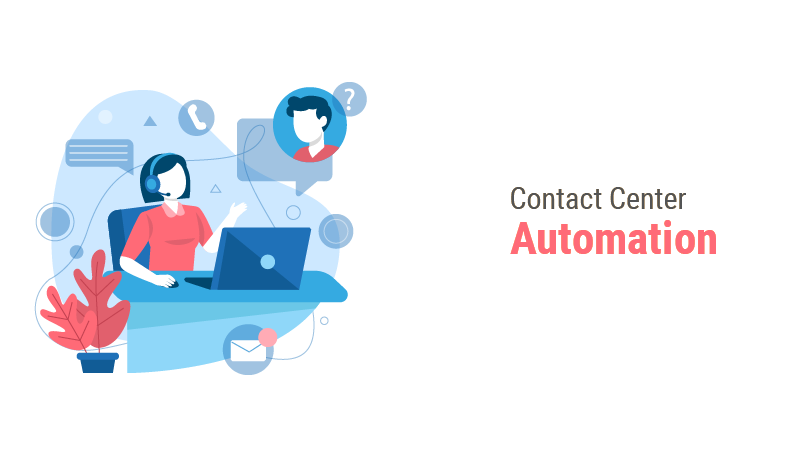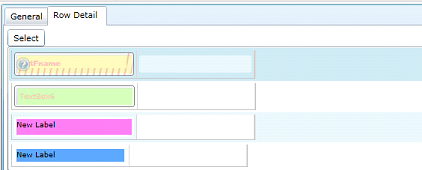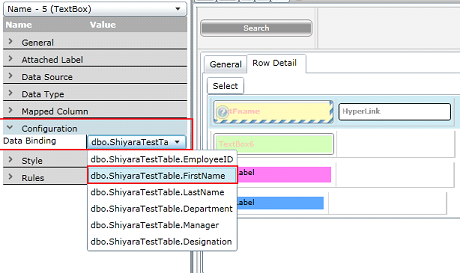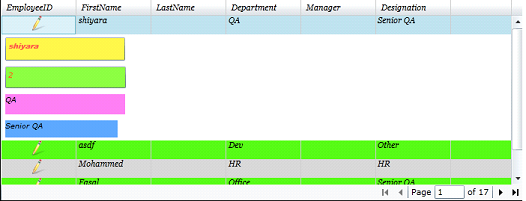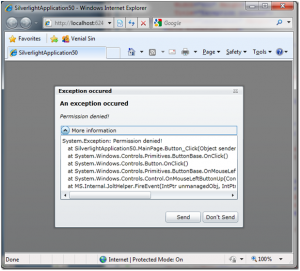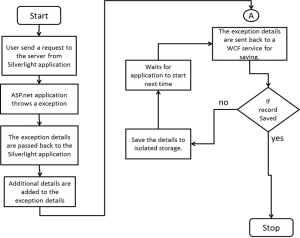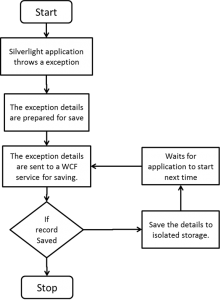What is contact center automation?
The Contact Center is an important part of the infrastructure of every huge organization that deals with a large number of external or internal customer service requests. The main purpose behind contact center automation is to successfully manage those interactions without the intervention of a human agent and by using intelligent algorithms.
Human operators are still part of the companies, assisting customers from different parts of the world, becoming a new customer service strategy. Customers mostly experience contact center automation in the form of voice and chatbots. There are also other contact center operations like customer service portals, virtual assistants, voice and chatbots that play significant roles in such operations.
Characteristics of Contact Center Automation
Powerful automation initiatives have many characteristics that drive customer call center expectations. Here are some of the characteristics of customer call center operations:
Use of natural language
As a key element of contact center automation, conversational AI allows customers to communicate any intention or query they have, through spoken or written means. This type of approach changes the model of self-service from running a user interface to engaging in a natural conversation with a partner.
Omnichannel experience
Contact center automation can extend to many touchpoints including phone, messenger, text messages, chatbots in websites, and more. Supporting omnichannel helps customers receive answers they want, where, when, and how they need them. The customers assume those experiences to be steady and uniform throughout all channels so that they do not need to repeat themselves when they snap between platforms and agents. Excellent in-class performance enables smooth swapping between channels.
Quality assurance technology
This makes it easier to monitor core Key Performance Indicators (KPIs), which helps in improving sales, minimizing churn, and improvising the performance of agents. The potential to accentuate trends and identify patterns creates live insight that enhances decision making.
Enables multi-experiences
Consolidating visual components and point-and-click UI components with language-based communication makes human-machine interaction more effective and convenient for various tasks.
High Discourse flexibility
Contact center interaction is often unstructured and unpredictable and different from filling out a form. Interacting with a contact center involves different strategies, expressions, and accents because each customer is different. Contact center automation needs to address the ambiguity of human communication in order to increase the number of successful journeys and reduce stress.
Data analytics and reporting
This is significant for a well-functioning contact or call center. It allows using advanced and live analytics to set it up quickly and easily, rather than depending on supervisors to assess the customer experience and agent performance.
Predictive analysis
Predictive analysis allows managers to analyze customer-contact center interactions to understand what makes them thriving or unsuccessful from a customer perspective. In-depth reviews enable the creation of better processes and predict future requirements. For example, you can evaluate the volume of calls, average handling time, and customer satisfaction in the pre-holiday season to better expect the resources required for the upcoming season.
Benefits of contact center automation
Increase customer satisfaction
Automation facilitates immediate engagement with qualified inquiries to recognize and authenticate the customer. In most cases, with the help of a virtual operator, customers can completely manage their requests within moments. Issues related to passwords, copies of statements, and other problems can be managed with the integration of natural language processing (either chat or phone) and smart processes that connect customers and data at the back-end. Contact center automation covers every important data (e.g. customer account data and query type) and redirects customers straight away to a qualified agent using intelligent routing. This not only reduces the waiting time for customers but also lessens the average handle time because of pre-qualified, authenticated customers who are sent to the most suitable agent.
Boost in efficiency
Reducing the average handle time (AHT) is one of the major benefits of bringing Contact Center to the automation list according to the business perspective. AHT explains how long it takes a human agent to ‘handle’ a contact on an average scale. It is usually between 240 – 600 seconds depending on the usage situation and business area. Therefore, any reduction in AHT can have a significant impact on KPIs in a matter of seconds. Additionally, human agents filling reports, updating databases, sending out emails can cause errors. Automation removes these burdens from the human agents and allows them to move faster to the next customer.
Obtaining revenue opportunities
All contact centers need to balance appropriate service quality and labor costs. AI-powered automation will help you move the needle towards increased customer satisfaction and better returns without raising the contact center costs. There should also be a balance in conflicting goals: service level and cost of staffing. Simply put, reducing waiting time will help increase customer satisfaction (which will eventually lead to higher returns) – but a spike in labor costs can exceed profits easily. Conversely, reducing contact center costs by prolonging the waiting time can lead to loss of revenue and decreased customer satisfaction. Conversational AI allows businesses to harness the power of multiple digital channels and reach new customer segments without bringing a proportionate increase in the costs of the contact center.
Employee satisfaction
Though automation leads to a reduction in AHT, its main objective is not to eliminate and replace human operators. Instead, when automation grips, normal attrition is enough to narrow down the number of employees. Since virtual agents can only manage simple and well-defined issues, most Human Contact Center agents find more job satisfaction while dealing with intricate queries that require more training and expertise. Moreover, most employees are relieved from repetitive tasks: no agent likes to ask the same ID questions to a large number of customers during their shift.
Wrap Up
Automation is very helpful to a larger extent and will become an important component in every contact center. With AI and related technologies evolving and growing at a faster pace, call center automation will continue to stretch out across all possible industries. Call center automation is not the final option for businesses, but it is a way to assist agents to do a better job by saving money and time. Human workers are a necessary component for a growing number of interventions that go beyond simple requests.
